Impact of One Black Teacher Can Be Life-Changing, UConn Research Reveals
/The influence of having a black teacher can significantly impact a black student’s life, and the effect begins early in an education. Having just one black teacher in elementary school not only makes children more like to graduate high school – it also makes them significantly more likely to enroll in college, according to a new study co-authored by a University of Connecticut researcher. Black students who’d had just one black teacher by third grade were 13 percent more likely to enroll in college – and those who’d had two were 32 percent more likely.
The research paper, published this month by the National Bureau of Economic Research, observed that “Black teachers provide a crucial signal that leads black students to update their beliefs about the returns to effort and what educational outcomes are possible.” In addition, “role model effects help to explain why black teachers increase the educational attainment of black students.”
The findings, from researchers at UConn, Johns Hopkins University, American University, and the University of California-Davis, were published recently in a working paper titled “The Long-Run Impacts of Same-Race Teachers.” Another, related working paper by the same team titled “Teacher Expectations Matter,” also published by NBER, found teachers’ beliefs about a student’s college potential can become self-fulfilling prophecies.
In that research, every 20 percent increase in a teacher’s expectations raised the actual chance of finishing college for white students by about 6 percent and 10 percent for black students. However, because black students had the strongest endorsements from black teachers, and black teachers are scarce, they have less chance to reap the benefit of high expectations than their white peers, UConn Today reported.
“Black student students often don’t have parents or other black adults in their lives who have gone to college and gotten professional jobs,” Joshua Hyman told UConn Today. Hyman, an assistant professor of public policy at UConn, who has a joint appointment in the Department of Educational Leadership in the Neag School of Education, co-authored the papers along with researchers from the three other universities.
“All it takes is one black teacher to influence a student,” he adds. “They see someone like them in their classroom and start to believe they can go to college too, and get a good job.”
 The paper appears to be the first to document the long-term reach of the role model effect, UConn Today reported. The researchers previously found that having at least one black teacher in elementary school reduced their probability of dropping out by 29 percent for low-income black students – and 39 percent for very low-income black boys.
The paper appears to be the first to document the long-term reach of the role model effect, UConn Today reported. The researchers previously found that having at least one black teacher in elementary school reduced their probability of dropping out by 29 percent for low-income black students – and 39 percent for very low-income black boys.
In a New York Times op-ed last year, a ninth-grade teacher who has worked for 10 years in high schools and middle schools in the New York City area, and is Black, wrote this: “Black students need teachers who understand that they’re capable of the full range of anxieties and insecurities, greatness and success, hilarious moments and generous surprises. The amount of melanin in my skin is neither necessary nor sufficient for this: It’s not a magic formula. But I can remember a time when I looked and sounded like my students. That helps me see myself in them, and all they’re capable of. I hope they can see themselves in me.”
The latest findings are based on data from the Tennessee STAR class size reduction experiment that started in 1986 and randomly assigned disadvantaged kindergarten students to various sizes of classroom. The researchers replicated the findings with similar data for North Carolina students.
The study found that black students who’d had a black teacher in kindergarten were as much as 18 percent more likely than their peers to enroll in college. Getting a black teacher in their first STAR year, any year up to third grade, increased a black student’s likelihood of enrolling in college by 13 percent. Black children who had two black teachers during the program were 32 percent more likely to go to college than their peers who didn’t have black teachers at all.
“What’s very interesting about this paper is that it looks later in a student’s life,” says Hyman. “It’s impressive that the impression of having a black elementary school teacher last that long. It helps reduce the race gap.”
Additionally, students who had at least one black teacher in grades K-3 were about 10 percent more likely to be described by their 4th grade teachers as “persistent” or kids who “made an effort” and “tried to finish difficult work,” the researchers found. These students were also marginally more likely to ask questions and talk about school subjects out of class.
“One of the lingering issues of this paper is that we have to entice black people to enter the teaching areas,” Hyman points out. “In schools where there is a large black population, that has to be addressed.”



 Overall state funding for public two- and four-year colleges in the school year ending in 2018 was more than $7 billion below its 2008 level, after adjusting for inflation, according to the study.
Overall state funding for public two- and four-year colleges in the school year ending in 2018 was more than $7 billion below its 2008 level, after adjusting for inflation, according to the study.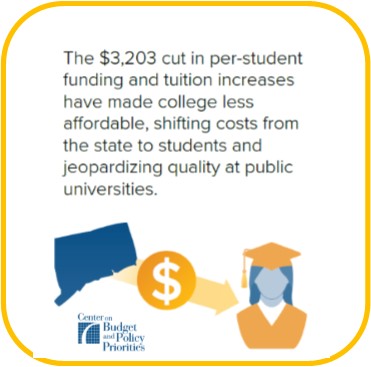

 The University of Saint Joseph (USJ)
The University of Saint Joseph (USJ) 


 “Girl Scouts is one of our nation’s most powerful leadership training grounds for young women,” said Openshaw. “We’re thrilled to support Girl Scouts as it seeks to modernize and remain relevant for young women in the new global economy.”
“Girl Scouts is one of our nation’s most powerful leadership training grounds for young women,” said Openshaw. “We’re thrilled to support Girl Scouts as it seeks to modernize and remain relevant for young women in the new global economy.”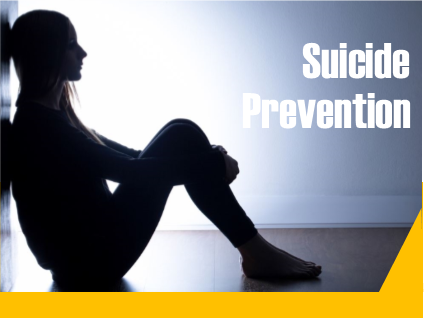 t have increased as much in comparison to other states, but isn’t the real question, ‘Why is it increasing at all?’” Luis Perez, president and CEO of
t have increased as much in comparison to other states, but isn’t the real question, ‘Why is it increasing at all?’” Luis Perez, president and CEO of  The analysis, by the financial services website WalletHub, was based on 40 key indicators of livability, ranging from housing costs to school-system quality to restaurants per capita. The indicators were grouped into five categories – affordability, economic health, education & health, safety, and quality of life.
The analysis, by the financial services website WalletHub, was based on 40 key indicators of livability, ranging from housing costs to school-system quality to restaurants per capita. The indicators were grouped into five categories – affordability, economic health, education & health, safety, and quality of life.


 The comprehensive assessment of Hartford’s ecosystem also noted that “Hartford’s [startup] founders claim to have the right ambition to go global,” concluding that “Hartford’s startups have more potential to strengthen Global Market Reach and Global Connectedness.” In a number of areas analyzed in the assessment, Hartford is seen as having potential to strengthen the local startup community, its reach beyond Hartford, and the demographic of startup teams.
The comprehensive assessment of Hartford’s ecosystem also noted that “Hartford’s [startup] founders claim to have the right ambition to go global,” concluding that “Hartford’s startups have more potential to strengthen Global Market Reach and Global Connectedness.” In a number of areas analyzed in the assessment, Hartford is seen as having potential to strengthen the local startup community, its reach beyond Hartford, and the demographic of startup teams.
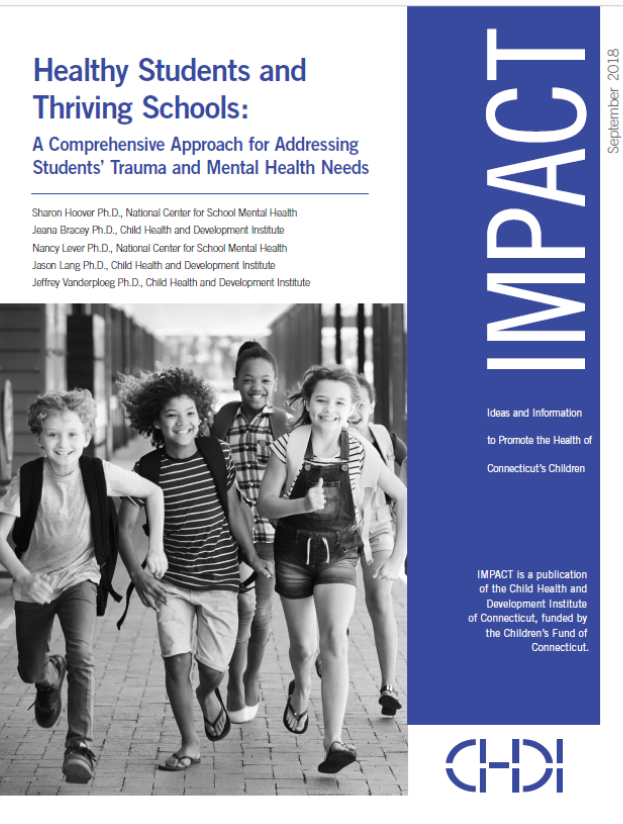 The 40-page report, developed by The Child Health and Development Institute of Connecticut (CHDI), a subsidiary of the Children’s Fund of Connecticut, in partnership with the national Center for School Mental Health at the University of Maryland, provides a framework for policymakers and school districts interested in improving outcomes by addressing the mental health and trauma needs of students. The report indicates that “in a typical classroom of 25 students, approximately five will meet criteria for a mental health disorder but most of them are not receiving appropriate mental health treatment or support. Among those who do access care, approximately 70 percent receive services through their schools.”
The 40-page report, developed by The Child Health and Development Institute of Connecticut (CHDI), a subsidiary of the Children’s Fund of Connecticut, in partnership with the national Center for School Mental Health at the University of Maryland, provides a framework for policymakers and school districts interested in improving outcomes by addressing the mental health and trauma needs of students. The report indicates that “in a typical classroom of 25 students, approximately five will meet criteria for a mental health disorder but most of them are not receiving appropriate mental health treatment or support. Among those who do access care, approximately 70 percent receive services through their schools.”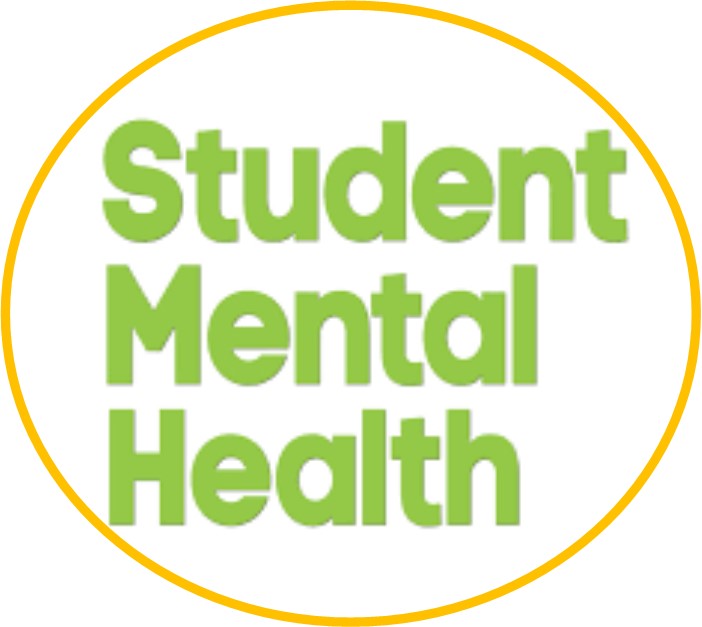 “Approaching student mental health with a comprehensive lens that integrates health promotion, prevention, early intervention, and more intensive treatments leads to better school, student and community outcomes," said Dr. Sharon Hoover, Co-Director of the Center for School Mental Health at the University of Maryland and lead author of the report.
“Approaching student mental health with a comprehensive lens that integrates health promotion, prevention, early intervention, and more intensive treatments leads to better school, student and community outcomes," said Dr. Sharon Hoover, Co-Director of the Center for School Mental Health at the University of Maryland and lead author of the report.


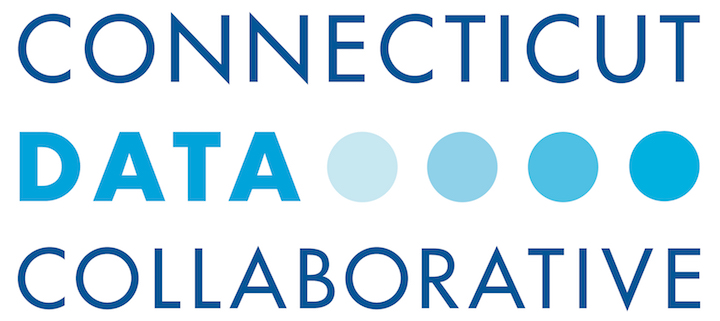 The
The 























